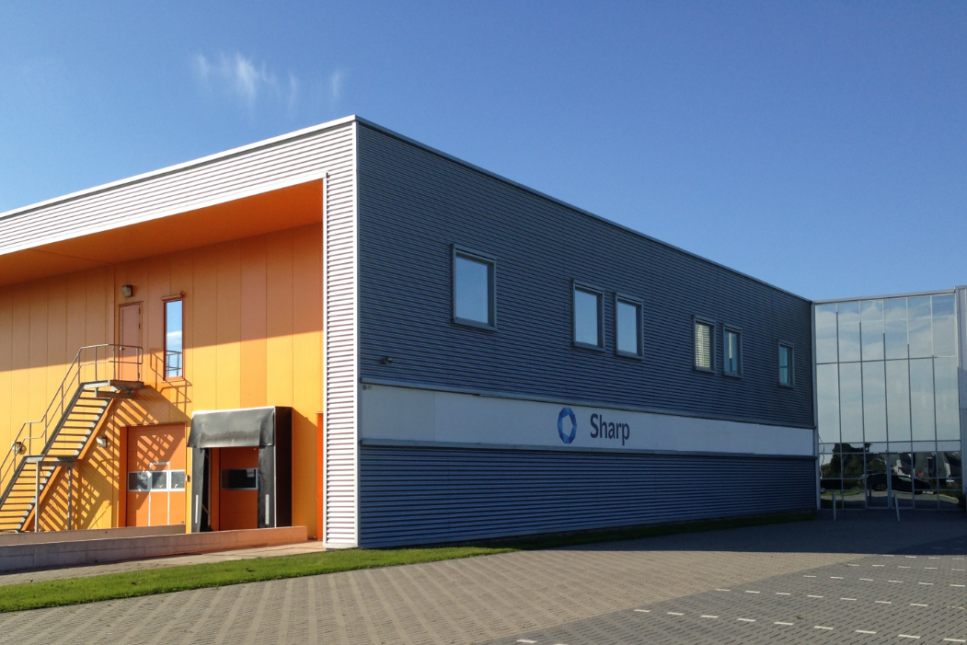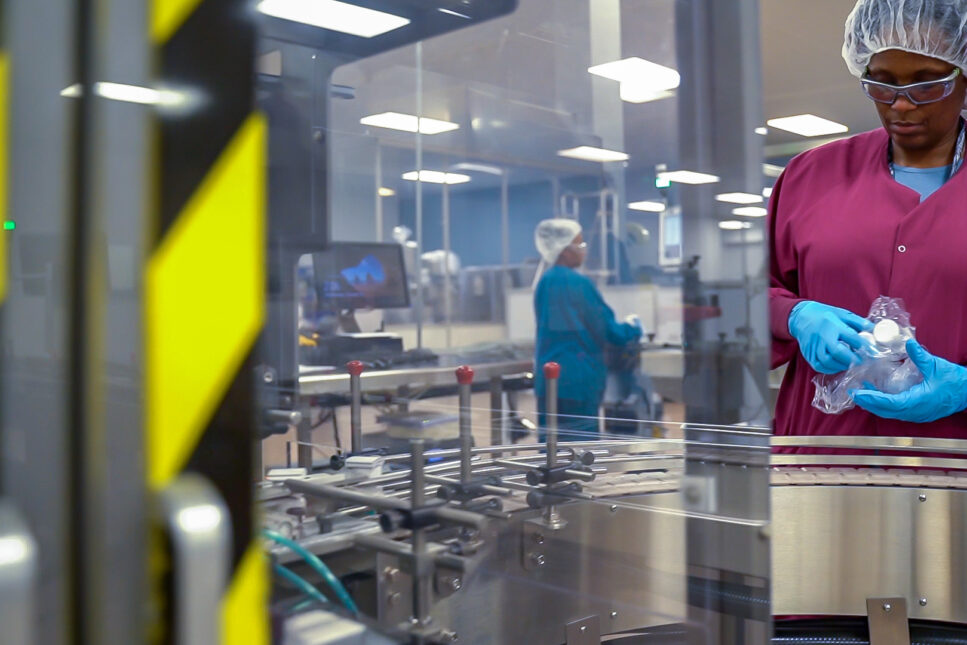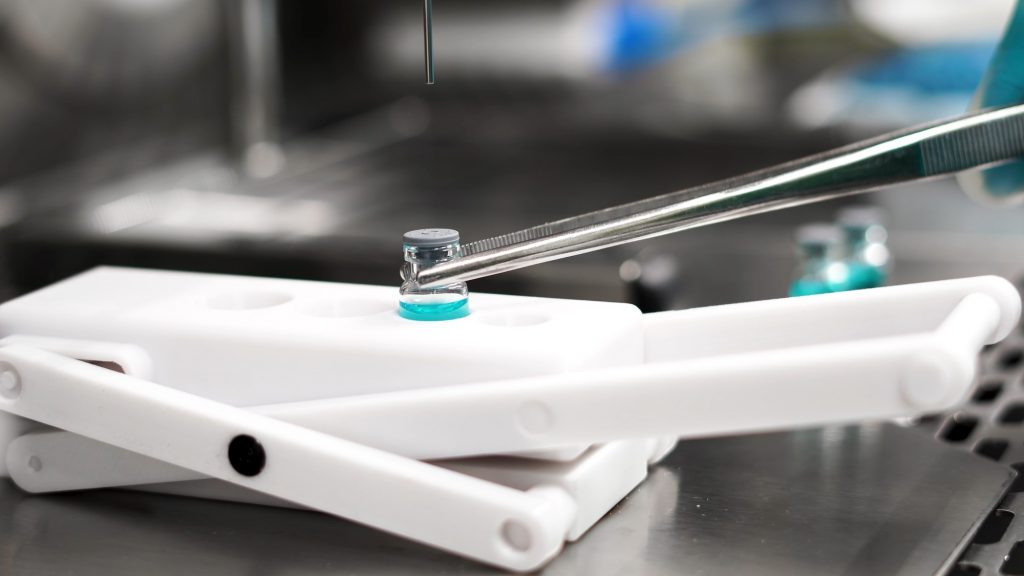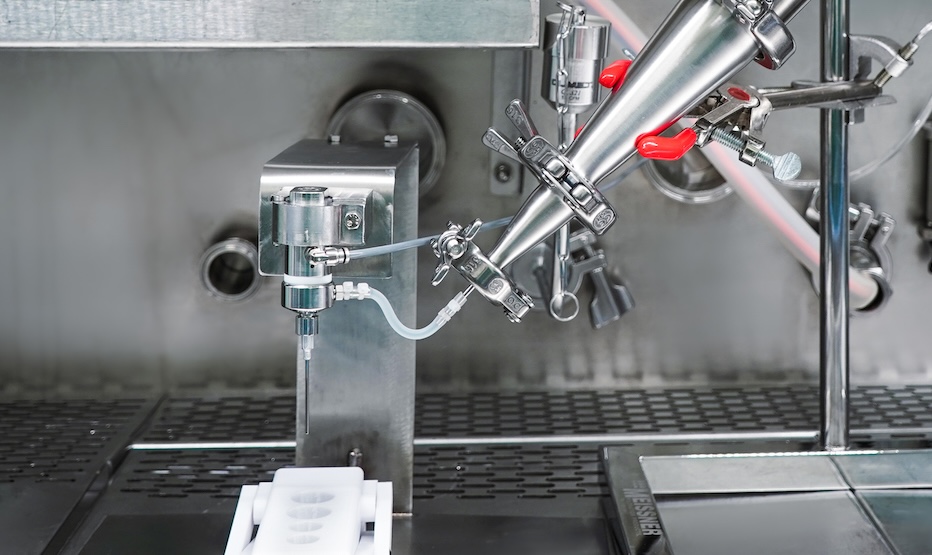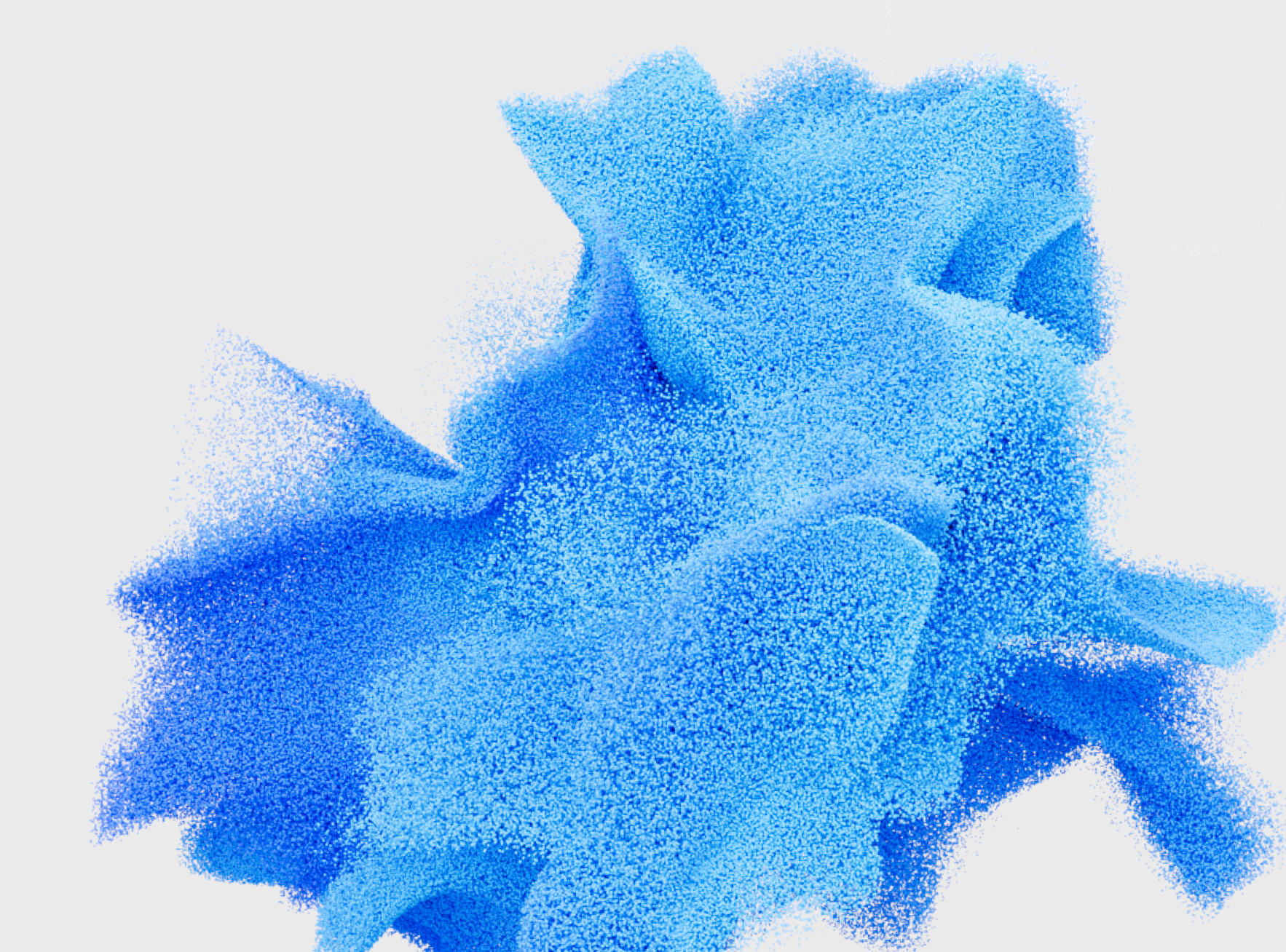The ampoule can be a vulnerable product to handle with multiple technical, organizational and operational challenges.
There is a notable influx of products and liquid dosage forms driven by the biotech market which is expected to have almost doubled in size by 2027 compared to 2019 (USD 447.92 billion in 2019 to USD 833.34 billion). While ampoule filling and packaging technologies have developed rapidly in response to industry demands, challenges remain when introducing new ampoule lines, as is the case with all production lines. Opportunities do exist, however, to create efficiencies and improve yield.
Improving efficiency
Just like in pharma manufacturing, packaging involves bulk raw material passing through a series of processes, usually carried out in batches, which can be considered as a flow. In this case, the ampoules flow in one direction along the production line, going through a series of steps emerging as a finished product at the last step. Ensuring a balance and flow and that machinery on the line works harmoniously is the key to efficiency.
At the planning stage, a new packaging line will always be designed to operate perfectly, the process will flow and the line will immediately operate optimally. In reality, this is not often the case. Specifying and then combining numerous pieces of complex equipment, often from several different vendors, in one line will nearly always present challenges for production and design engineers.
From the beginning, efficiency can be negatively impacted due to:
- The production line not being balanced – insufficient flow, lower performance and output
- Having too many ejects due to technical issues in the process – insufficient quality
- Production downtime – waste occurs due to incorrect planning, delays in delivery of packaging materials, paperwork not being ready, staff not being available or not yet trained.
Addressing these challenges requires experience and an understanding of the entire supply chain around a given production process.
Collaboration unlocks the door to greater efficiency
It is essential to focus on technical issues first, working through the line machine by machine with vendors and ensuring they function to specification and within the parameters required by the line. Second, and this is the foundation from which efficiencies are gained, is to work on the flow and balance of the entire line and reviewing the role every department plays in the choreography of the production process.
At Sharp we have a broad team of technical experts to draw from, who between them have many years of experience in optimizing product lines for multiple different packaging formats. They will have encountered and overcome difficulties and inefficiencies of all types. With their guidance and depth of knowledge we can ensure every potential improvement is realized.
Our approach is to take a holistic view of the entire process – from ordering materials to batch release and ensure that every piece of the puzzle fits together. It is not enough to focus on efficiency in operations only. The entire process from warehouse, to quality control, supply chain, QA, engineering and production, is important and needs to operate in unison.
Efficiency and higher yields are created through:
- Line balancing
- Technical adjustments and improvements. Vendors should be included in the process to help create a better flow
- Improvements to quality which reduce waste
- Keeping the process organized – avoid standstill in the process by improving production planning and delivery scheduling, as well as strengthening the supply base and stock of bulk and packaging materials
- Keeping the workspace organized (we use the 5S methodology)
- Standardizing work with regard to set up and change over
- Engaging and training all employees – each department must be fully aware of their role, not just in terms of operations but the implications that their performance has on the efficiency of the line
Another consideration is to fully leverage digital platforms when working with clients. In 2020, Sharp implemented Körber Pharma’s PAS-X Manufacturing Execution System (MES) and Electronic Batch Records (EBR). The system reduces the risks typically associated with manual or paper-based systems but also creates significant efficiencies, as customers only need to review a certificate of completion as opposed to a full paper batch record. At Heerenveen we have reduced review times by circa 70% since the rollout.
The technology also facilitates the ‘Right First Time’ concept which drives efficiencies and complements existing ‘Review By Exception’ protocols.
Continuous improvement
Sharp is working to build a harmonized facility network that can offer a ‘frictionless’ experience for clients, regardless of the facility location, the volume of product required or the stage your product is at in its lifecycle. This holistic, shared approach to our skills development, collaboration and processes, means that experience is applied across new lines can have an immediate impact for clients, delivering efficiencies that would otherwise take considerably longer to realize.
We involve everyone on-site in the process – communication, collaboration and coordination is key here and that is why we share results and information on a weekly basis.
By improving operational efficiency, we are able to focus on producing without wasting unnecessary time, energy and material. This in turn improves the quality of our product and production, achieving a KPI on the yield of bulk material of >99%.
We can therefore offer significant reliability in the delivery of product to our customers and more importantly, to their patients.
Sharp
Sharp drives efficiency through lessons learned, constantly iterating and exploring operational improvements in a pragmatic way to ensure we are delivering the best product and service possible.

